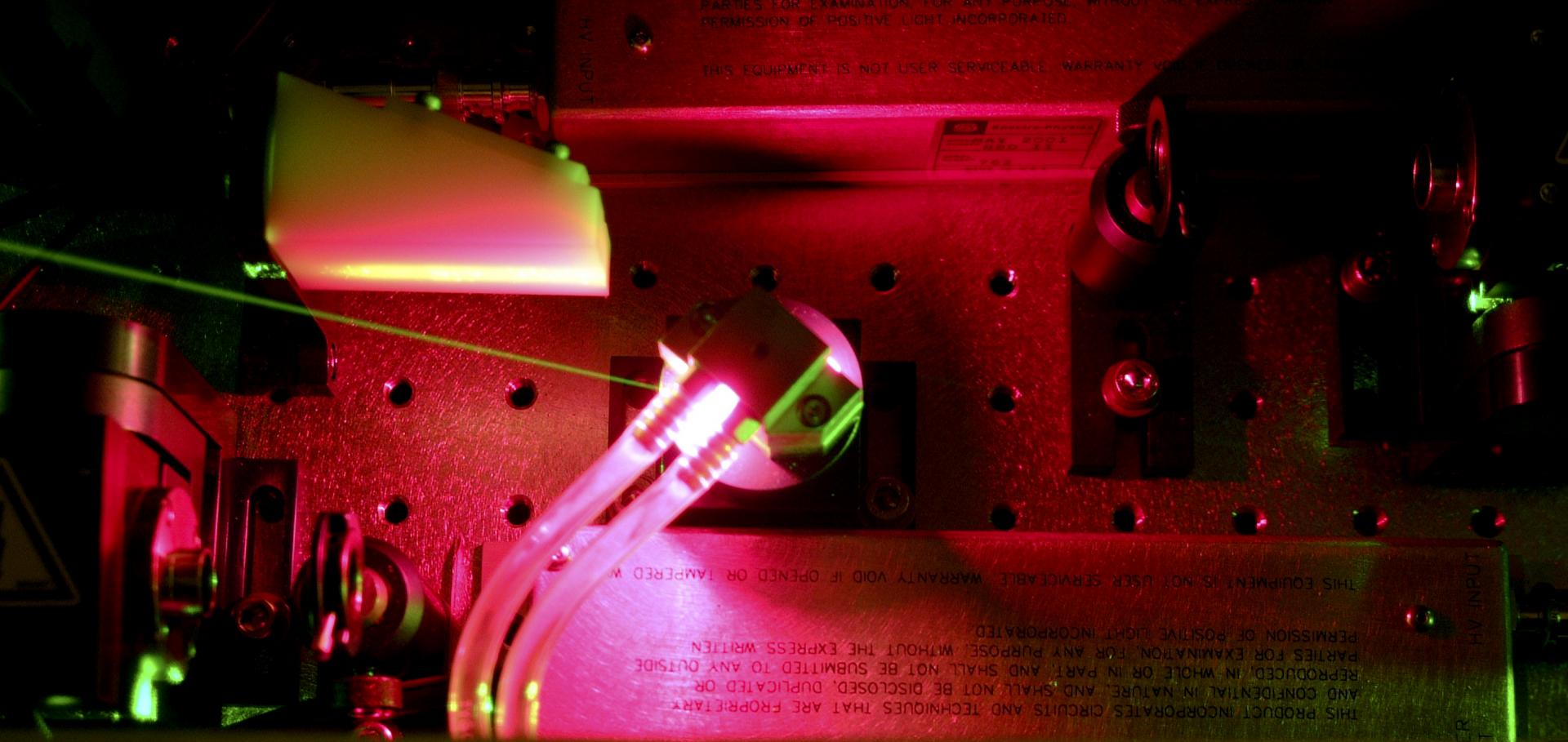Performance of capillary discharge guided laser plasma wakefield accelerator
Proceedings of the IEEE Particle Accelerator Conference (2007) 2978-2980
Abstract:
A GeV-class laser-driven plasma-based wakefield accelerator has been realized at the Lawrence Berkeley National Laboratory (LBNL). The device consists of the 40 TW high repetition rate Ti:sapphire LOASIS laser system at LBNL and a gas-filled capillary discharge waveguide developed at Oxford University. The operation of the capillary discharge guided laser plasma wakefield accelerator with a capillary of 225 μm diameter and 33 mm in length was analyzed in detail. The input intensity dependence suggests that excessive self-injection causes increased beam loading leading to broadband lower energy electron beam generation. The trigger versus laser arrival timing dependence suggests that the plasma channel parameters can be tuned to reduce beam divergence. ©2007 IEEE.GeV plasma accelerators driven in waveguides
PLASMA PHYS CONTR F 49:12B (2007) B403-B410
Abstract:
During the last few years laser-driven plasma accelerators have been shown to generate quasi-monoenergetic electron beams with energies up to several hundred MeV. Extending the output energy of laser-driven plasma accelerators to the GeV range requires operation at plasma densities an order of magnitude lower, i.e. 10(18) cm(-3), and increasing the distance over which acceleration is maintained from a few millimetres to a few tens of millimetres. One approach for achieving this is to guide the driving laser pulse in the plasma channel formed in a gas-filled capillary discharge waveguide. We present transverse interferometric measurements of the evolution of the plasma channel formed and compare these measurements with models of the capillary discharge. We describe in detail experiments performed at Lawrence Berkeley National Laboratory and at Rutherford Appleton Laboratory in which plasma accelerators were driven within this type of waveguide to generate quasi-monoenergetic electron beams with energies up to I GeV.GeV-scale electron acceleration in a gas-filled capillary discharge waveguide
New Journal of Physics 9 (2007)
Abstract:
We report experimental results on laser-driven electron acceleration with low divergence. The electron beam was generated by focussing 750 mJ, 42 fs laser pulses into a gas-filled capillary discharge waveguide at electron densities in the range between 1018 and 1019cm-3. Quasi-monoenergetic electron bunches with energies as high as 500MeV have been detected, with features reaching up to 1 GeV, albeit with large shot-to-shot fluctuations. A more stable regime with higher bunch charge (20-45 pC) and less energy (200-300 MeV) could also be observed. The beam divergence and the pointing stability are around or below 1 mrad and 8 mrad, respectively. These findings are consistent with self-injection of electrons into a breaking plasma wave. © IOP Publishing Ltd and Deutsche Physikalische Gesellschaft.Bright quasi-phase-matched soft-X-ray harmonic radiation from argon ions
Physical Review Letters 99:14 (2007)
Abstract:
Selective enhancement (>103) of harmonics extending to the water window (∼4nm) generated in an argon gas filled straight bore capillary waveguide is demonstrated. This enhancement is in good agreement with modeling which indicates that multimode quasi-phase-matching is achieved by rapid axial intensity modulations caused by beating between the fundamental and higher-order capillary modes. Substantial pulse energies (>10nJ per pulse per harmonic order) at wavelengths beyond the carbon K edge (∼4.37nm, ∼284eV) up to ∼360eV are observed from argon ions for the first time. © 2007 The American Physical Society.Generation of a train of ultrashort pulses from a compact birefringent crystal array.
Appl Opt 46:22 (2007) 5142-5146


